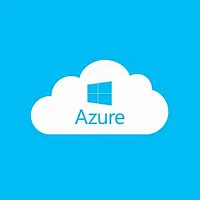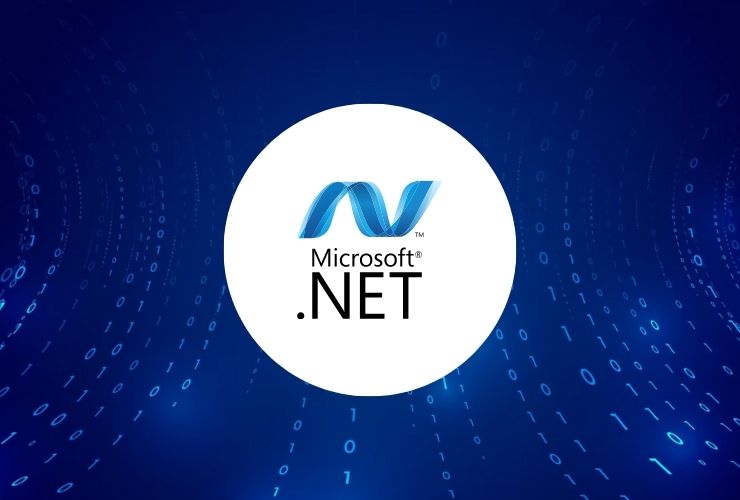In today’s fast-evolving tech landscape, cloud-native development has quickly become essential for businesses looking to scale rapidly and efficiently. Combining the power of.NET with Microsoft Azure can help developers create robust, scalable, and secure applications that fully leverage the potential of the cloud. Let’s dive into how.NET and Azure work together seamlessly to simplify cloud-native development in this blog. Along the way, we’ll also highlight key best practices for ensuring success in your cloud journey.
What Are Cloud-Native Applications?
Cloud-native applications are designed natively to leverage the environment of a cloud. It differs from traditional apps because it uses microservices architecture, which not only makes them scalable but flexible and manageable as well. They run in containers and make use of managed services while deploying on a cloud platform such as Azure. By developing cloud-native applications in.NET, developers can create modern applications that will easily adapt and respond to the changing demands of the business while improving their performance and making management more easy.
Why Choose.NET for Cloud-Native Development?
The.NET framework is very versatile and mighty. It enables high-performance applications to be built in cross-platform. Using the combination of.NET along with Azure offers the following benefits:
- Cross-Platform Capability: You can create applications with.NET that can run on Windows, Linux, and macOS. Cross-platform capability allows cloud-native apps to be flexible in different cloud environments.
- Seamless integration with Azure services: Azure has many tools and services that can be easily integrated with.NET, including AKS, Azure Functions, and Azure DevOps, making it easy to deploy and scale quickly.
- Microservices and Containers:.NET is appropriate for microservices architecture which lies at the core of cloud native development. By using.NET Core, and Azure one can very easily deploy containers of the microservices utilizing Docker and then handle them by using Kubernetes.
- Security and Compliance : Azure provides enterprise-grade security and compliance features that can quite easily fit into your applications developed with.NET so far as data and cloud-related issues are concerned.
1. Adopt Microservices Architecture
The core of cloud-native development is microservices architecture; your application is split into smaller, independent services. With.NET, you build every service independently and then deploy in containers in Azure. You have the chance to ensure that each microservice scales in an independent manner, thus enhancing the performance and reliability of your application. At the same time, your app will become more flexible if services are developed in a self-paced manner.
2. Azure Kubernetes Service (AKS)
Azure Kubernetes Service is a managed Kubernetes service that makes it easier to deploy, manage, and scale containerized applications. With AKS, you are able to orchestrate microservices using.NET and do not have to handle the capacity of containers manually because this is automatically scaled based on traffic needs. This will then allow you to streamline performance in your application while remaining focused on delivering value, rather than dealing with complexity in infrastructure.
3. Use Serverless Computing with Azure Functions
For other aspects of your cloud-native application, you can use serverless computing easily, by just using Azure Functions. Serverless computing scales in near real-time according to demand and does not worry about provisioning and managing the servers. In addition, Azure Functions integrate seamlessly with.NET to make event-driven tasks nice and smooth when executed. In this way, you can focus on coding and let infrastructure work in favor of your application, and that will give you flexibility along with efficiency as your application scales.
4. Continuous Integration and Delivery (CI/CD)
The CI/CD pipeline is designed to make your development easier. Azure DevOps will give you all the integrated tools, deep-integrated with.NET, and all these things make further simplifications to accelerate the building, testing, and deployment processes. With these automated tasks, your app can always go live and stay up-to-date; therefore, your app will be more efficient while you get back to perfecting the product, knowing its deployment isn’t an issue and will go through smoothly and reliably.
5. Monitoring and Optimization through Azure Application Insights
Application Insights of Azure is the most basic tool to track the performance and availability of a cloud-native application. Powerful features provide the capability of gathering insights about the app’s behavior and detecting potential problems early. Besides, you can improve performance overall by solving these issues before it becomes too hard to control. Since it integrates well with applications, you can diagnose and take proactive measures in time to solve them, make your app run efficiently, and smoothly.
How To Start With.NET and Azure
To start with cloud native development on.NET and Azure, it is very straight forward.
- Create Your Azure Account: You only need to create your azure account if you have yet to have one. And for the beginners, free-tier services from Azure is free for one to experiment on any form of cloud native developments.
- Install.NET Core – .NET Core must be installed from your computer. You should obtain it from the site. www.dotnet. Com.
Use Visual Studio: Among the best IDEs of NET, Visual Studio stands in addition to Visual Studio code that has an excellent interoperability with Azure, providing one of the easiest manners through which you can develop, and deploy your apps. - Containerize Your App – Docker is great tool by which you can even containerize your NET application because you app will run persistently on any environment you.
- Deploy to Azure: Once you’re ready with your app, deploy it to Azure through services such as AKS or Azure App Service for easy scaling and management
Conclusion
Today, .NET along with Azure can be used with quite a possibility to build modern, scalable, and high-performance applications. The actuon of microservices, containers, and serverless computing may well unlock the full potential of the robust infrastructure of Azure. This helps you to build cloud-native applications that can scale with your business. Whether you’re starting from scratch or moving an existing application to the cloud,.NET and Azure combine to deliver everything you need to thrive in the cloud.














